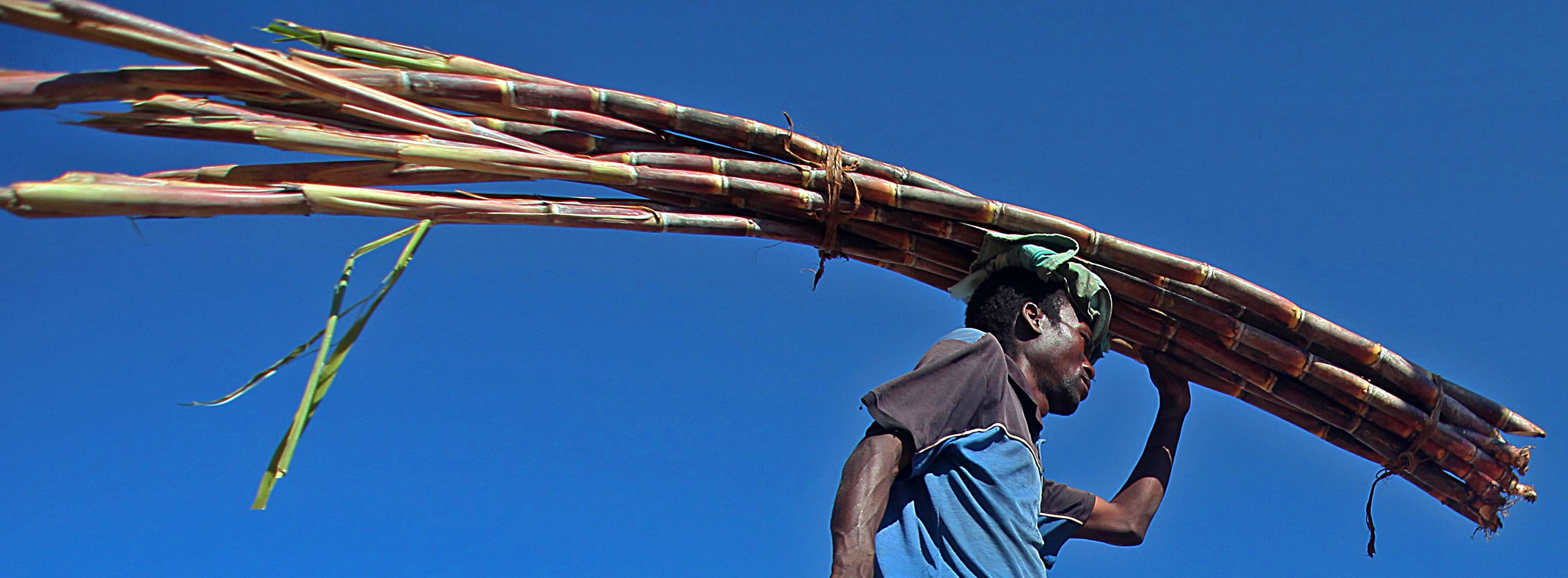
Carbon neutral agricultural commodities
Carbon neutral commodities are primary agricultural products such as coffee or sugar whose carbon dioxide emissions related to production have been calculated and compensated for by a carbon offset project. Where and how these products are cultivated and consumed is also part of a long-term strategy to reduce carbon dioxide emissions in a number of ways.
The carbon neutral agricultural commodities approach (CNAC) identifies options to mitigate climate change ensuring that agrifood systems are an integral part of a global carbon-neutral future with multiple co-benefits including biodiversity conservation, insuring poverty reduction, and food security. Applying the approach can contribute to sustainable development and help countries fulfil their climate change commitments.
Examples of low carbon agricultural commodity practices leading to carbon neutrality
- Using varieties adapted to climate change/variability.
- Optimizing/reducing the application of fertilizers and pesticides.
- Enhancing carbon sequestration by increasing soil organic carbon and through agroforestry systems.
- Using and developing new cultivars – drought and disease resistant.
- Using renewable energy and improving energy efficiency throughout food chains.
FAO supports countries in implementing CNAC measures by:
- Engaging with both public and private sector actors.
- Developing carbon-neutral pilot projects, to be scaled-up nationally and regionally.
- Making policy recommendations and developing national carbon-neutral agriculture.
- Developing national capacity on greenhouse gas accounting and MRV strategies.
- Developing a supportive environment for complementary standards and certification schemes on carbon-neutral agriculture.
- Implementing suitable digital technologies and other innovative practices.
- Supporting South–South knowledge and technology transfers between countries demonstrating carbon-neutral agricultural best practices.
